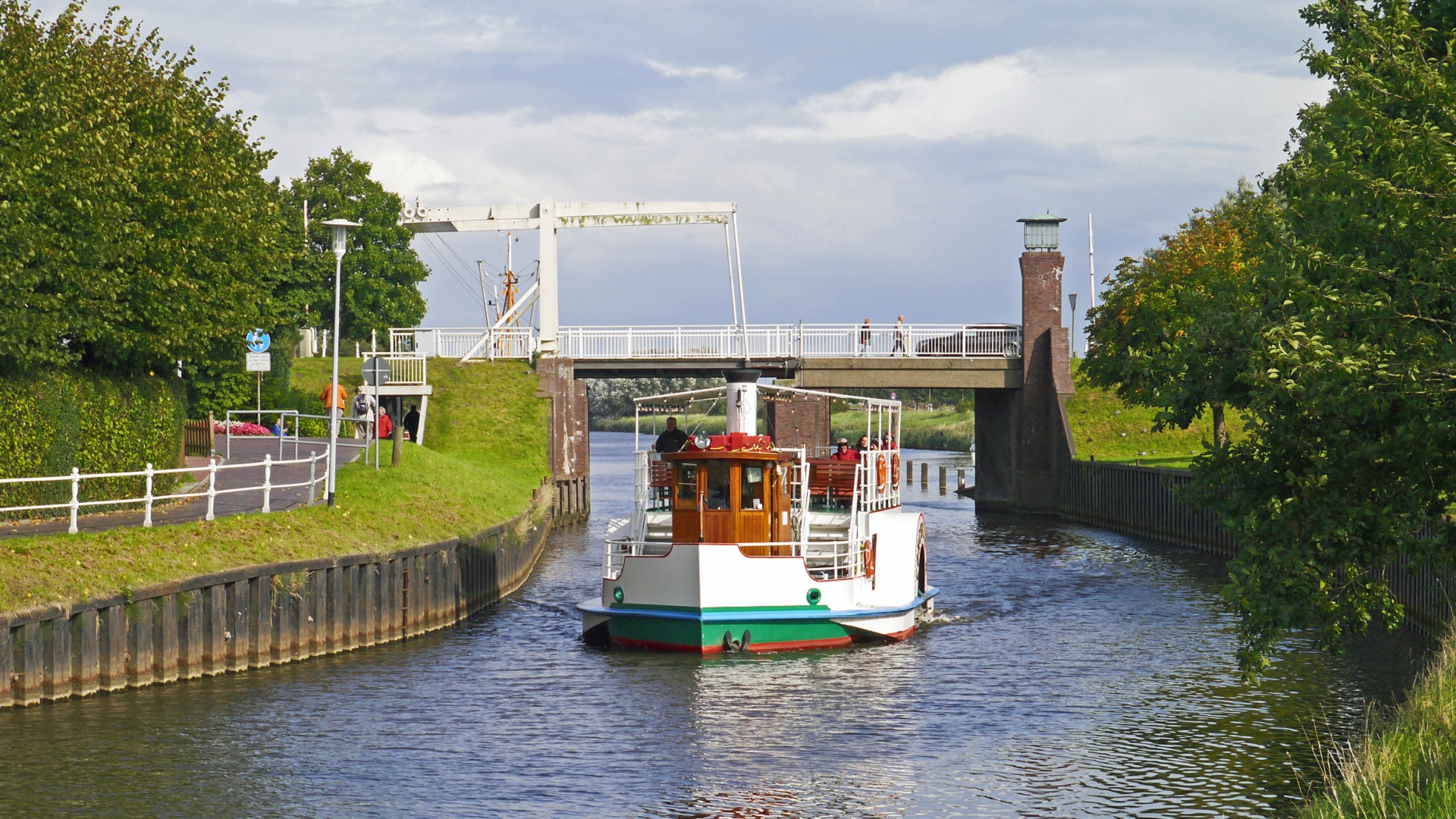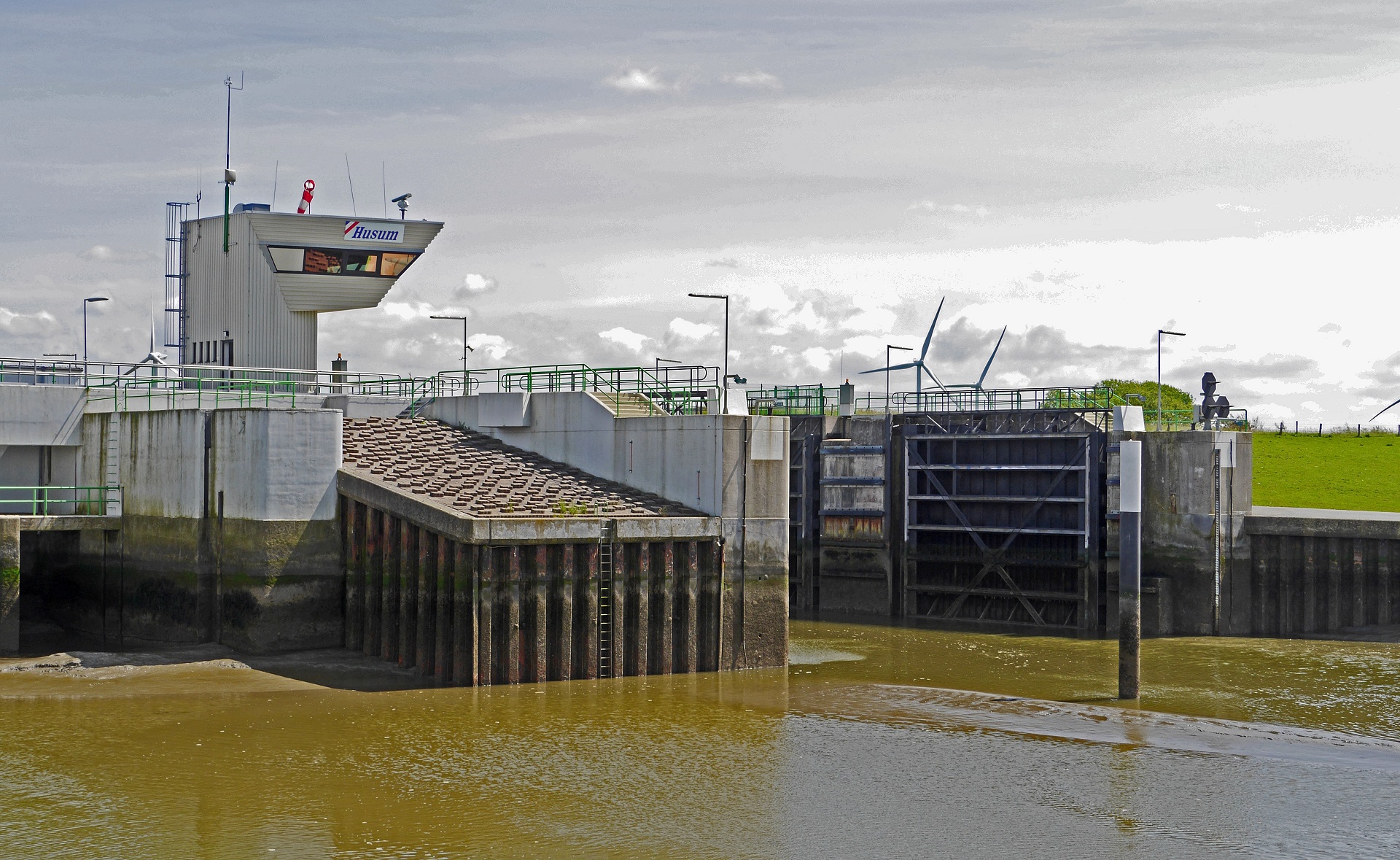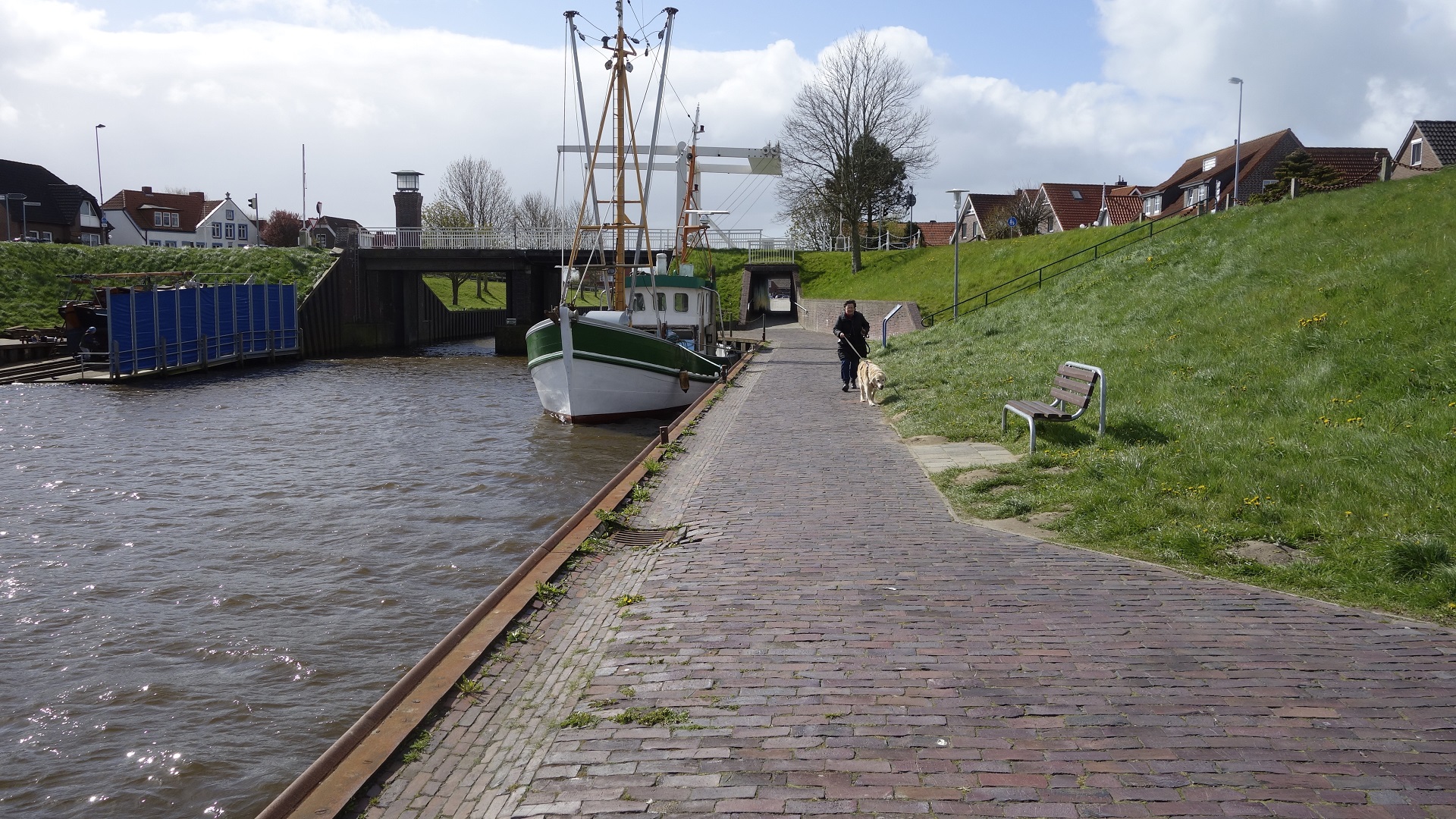On sites close to rivers, seas or lakes, it is common to encounter the presence of the water table (or upper level of an aquifer) during the excavation phase of a construction. To ensure the stability of this construction under these conditions, and already during the design phase, it is necessary to identify the water table by means of a geotechnical study, firstly, and secondly, to take corrective measures. One of these corrective measures, which protects structures from the presence of surface or groundwater, is sheet piling.
Sheet piling is the creation of a water barrier to protect the structure by means of interlocking steel, vinyl or timber sheets driven into the ground. The sheet piles can be driven into the ground by means of hammering or suitable vibrating devices. This technique is used not only in the construction of buried elements such as foundations and basements, but also to support structures such as bridges or retaining walls, or in erosion and flood protection and stabilisation of coasts and riverbanks.
By Raúl Soriano, Senior Modeller in the Architectural Department of Amusement Logic









